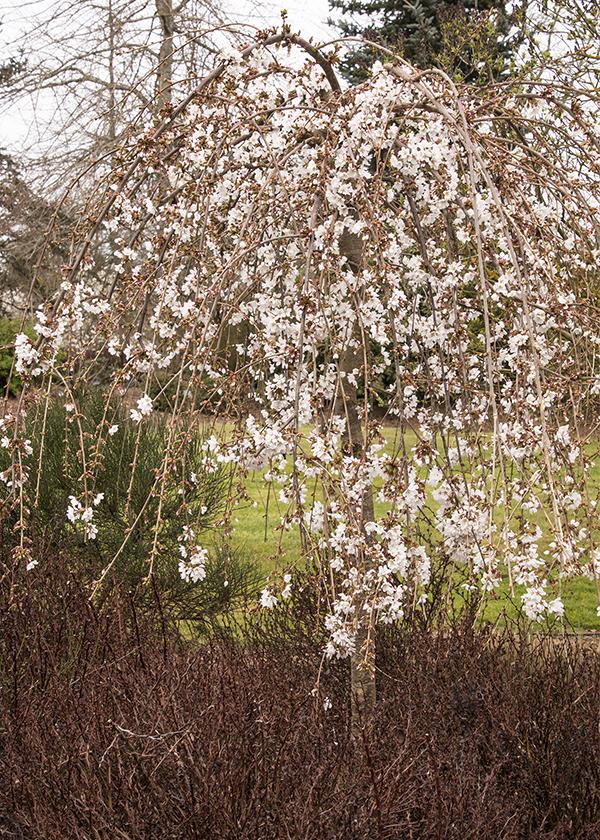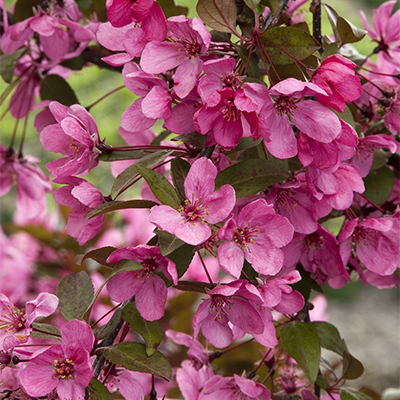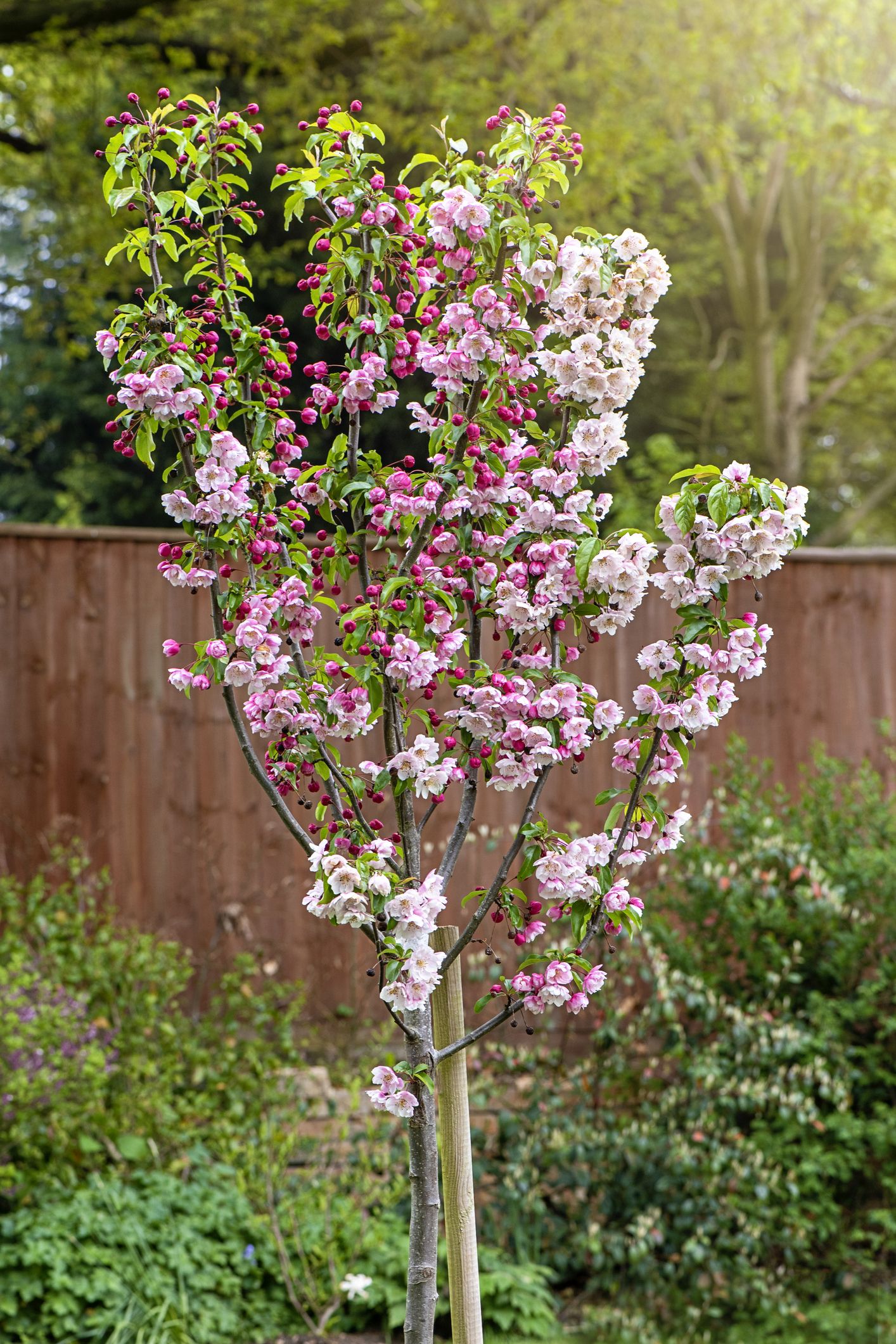When it comes to enhancing your garden, small decorative trees can add character, beauty, and a sense of tranquility. Living in Zone 5, my experience with selecting the right trees has allowed me to create a vibrant outdoor space. In this comprehensive guide, we’ll explore the best small decorative trees suitable for Zone 5, their upkeep, and how they can transform your garden into a delightful haven.
Understanding Zone 5 Gardening
Before diving into specific trees, it’s essential to understand what Zone 5 means for gardeners. The USDA Plant Hardiness Zone Map divides North America into zones based on climate and the average low temperature. Zone 5 has winter temperatures ranging from -20°F to -10°F (-29°C to -23°C), making it vital to choose trees that can withstand this chill.
Climate and Soil Considerations
Zone 5 experiences distinct seasonal changes, which impacts tree selection. The growing season lasts approximately 180 days. It’s critical to consider your soil type, moisture levels, and microclimates in your yard when choosing your decorative trees.
Soil Types in Zone 5
- Sandy Soil: Drains quickly but may require more frequent watering.
- Clay Soil: Retains moisture well but can compact, making root growth difficult.
- Silty Soil: Ideal for many plants, balancing moisture retention and drainage.
Top 10 Small Decorative Trees for Zone 5

Here’s a roundup of my personal favorite small decorative trees that thrive in Zone 5. These trees range in color, texture, and form, offering something for everyone.
| Tree Name | Height | Spread | Deciduous/Evergreen | Features |
|---|---|---|---|---|
| Japanese Maple (Acer palmatum) | 10-15 ft | 10-12 ft | Deciduous | Stunning foliage, vibrant colors |
| Dwarf Alberta Spruce (Picea glauca ‘Conica’) | 4-10 ft | 3-4 ft | Evergreen | Dense, conical shape |
| Crape Myrtle (Lagerstroemia indica) | 10-25 ft | 8-12 ft | Deciduous | Long blooming season, vibrant flowers |
| Sweeteria Hiba (Thujopsis dolabrata) | 10-15 ft | 6-10 ft | Evergreen | Unique foliage, aromatic |
| Redbud (Cercis canadensis) | 20-30 ft | 25 ft | Deciduous | Heart-shaped leaves, beautiful spring flowers |
| Pagoda Tree (Sophora japonica) | 25-30 ft | 20-30 ft | Deciduous | Unique umbrella-like crown |
| Star Magnolia (Magnolia stellata) | 15-20 ft | 10-15 ft | Deciduous | Fragrant white flowers in early spring |
| Weeping Cherry (Prunus subhirtella ‘Pendula’) | 15-25 ft | 15-20 ft | Deciduous | Graceful branches, stunning spring blossoms |
| Crimson King Maple (Acer platanoides ‘Crimson King’) | 30 ft | 20 ft | Deciduous | Dark purple leaves all season |
| Columnar Hornbeam (Carpinus betulus ‘Fastigiata’) | 30-35 ft | 15 ft | Deciduous | Upright growth habit, excellent for narrow spaces |

Pros and Cons of Choosing Small Decorative Trees
Pros
- Space-saving: Ideal for small gardens and urban settings.
- Variety: A wide range of colors, shapes, and sizes to choose from.
- Low Maintenance: Many require minimal care once established.
- Seasonal Interest: Offer year-round beauty with seasonal changes in foliage.

Cons
- Limited Size: Smaller trees may not provide adequate shade.
- Vulnerability: Some varieties may be more susceptible to pests and diseases.
- Winter Damage: Certain trees may require winter protection in colder areas.
Planting and Caring for Your Small Decorative Trees
Proper planting and care are crucial for ensuring your small decorative trees thrive in Zone 5. Here’s a comprehensive guide based on my own gardening experiences.

Ideal Planting Conditions
- Choose a location that receives at least 6 hours of sunlight per day.
- Ensure good drainage to prevent root rot.
- Consider the mature size of the tree before planting to avoid overcrowding.
Steps for Planting
- Dig a hole twice as wide as the root ball.
- Add compost or organic matter to enhance soil quality.
- Place the tree in the hole at the same depth it was in the container.
- Fill with soil, ensuring no air pockets remain, and water thoroughly.

Maintenance Tips
- Watering: Regular watering during dry spells is necessary, especially during the first year.
- Fertilization: Use a balanced fertilizer once a year in early spring.
- Pruning: Prune to shape and remove any dead or diseased branches.
Personal Experiences with Small Decorative Trees
As a passionate gardener, I have experimented with various small decorative trees over the years. One of my favorites has to be the Japanese Maple. Its beautiful foliage turns vibrant shades of red and orange in the fall, making it a fabulous focal point in my garden.

However, I learned the hard way about the importance of soil drainage after losing a lovely redbud due to overwatering. This experience taught me to always check the soil conditions before planting. I now use raised beds for my trees, which seems to help with drainage and overall health.
Frequently Asked Questions (FAQs)
1. What are the best small decorative trees for Zone 5?
The best small decorative trees for Zone 5 include Japanese Maple, Dwarf Alberta Spruce, and Redbud, among others. Each tree brings unique features and seasonal interest.
2. How much space do I need for small decorative trees?
Ensure you allow adequate space for each tree’s mature size. Most small trees need at least 6-10 feet spread for optimal growth and airflow.
3. Can I plant small decorative trees in pots?
Yes, many small trees can thrive in pots, especially dwarf varieties. Make sure to choose a large enough container with good drainage.
4. When should I plant small decorative trees?
Spring and early fall are the best times to plant small decorative trees, allowing them to establish roots before extreme temperatures set in.
5. How do I prevent winter damage to my trees?
Mulching around the base, wrapping the trunk with tree wrap, and ensuring proper drainage can help protect small decorative trees from winter damage.
Conclusion
Choosing small decorative trees for your Zone 5 garden can greatly enhance your landscape’s beauty and provide lasting enjoyment. With careful selection, planting, and maintenance, these trees can flourish and provide a stunning backdrop for your outdoor space. Personal experience has taught me that the right tree can truly transform your garden, bringing joy and serenity throughout the seasons. Happy gardening!